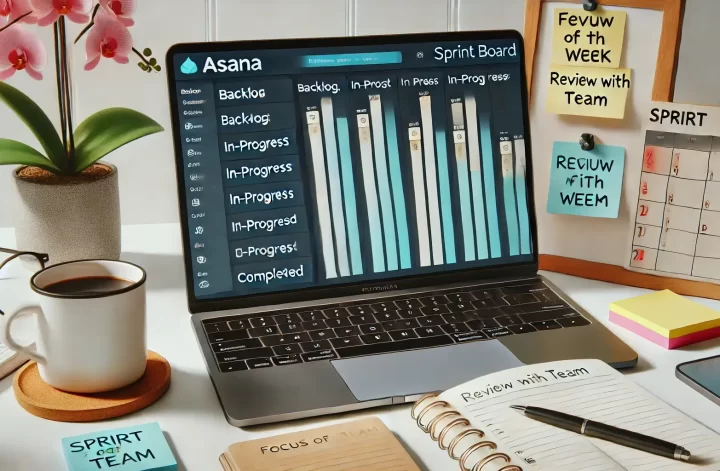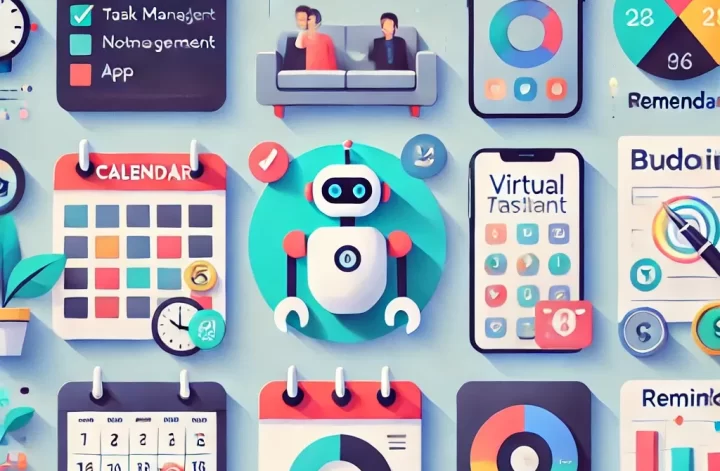Let’s be honest—most of us know what healthy eating looks like. But when hunger strikes or stress kicks in, it’s rarely broccoli we reach for. Instead, we go for the cheesy, crispy, deep-fried, chocolate-coated comfort food we love… and almost always regret later.
But why does this happen? Why are our cravings so often wired to unhealthy food? And how do we break free—without living like a monk?
Let’s dive into the science, psychology, and some personal hacks I use to keep cravings in check (most of the time).
What Actually Counts as Unhealthy Food?
Before we get into the “why,” let’s define what we’re even talking about.
Unhealthy food typically means food that’s:
- High in sugar, salt, or fat
- Low in nutrients like vitamins, fiber, and protein
- Highly processed and often hyper-palatable
Western Junk: Think burgers dripping with cheese, milkshakes, frozen pizzas, fries, or sugar-packed cereals. These are calorie bombs engineered for pleasure—but not for health.
Indian Cuisine: Even traditional Indian meals can go sideways. Dishes like butter chicken, puris, kachoris, biryani, and syrupy sweets are delicious but often loaded with ghee, maida, and refined sugar
Why Your Brain Wants Unhealthy Food
We don’t just like unhealthy food—we’re wired to want it.
Dopamine on Demand…Unhealthy food triggers a hit of dopamine—the feel-good chemical in your brain. Fat, sugar, and salt act like little switches that light up our brain’s reward system. It feels good now… even if we regret it later.
Why Healthy Food Doesn’t Give the Same Kick
We know healthy food is good for us. So why don’t we crave a bowl of sprouts or a plate of steamed vegetables the way we crave pizza?
Healthy foods—fruits, veggies, whole grains—are nutrient-dense, but they don’t flood the brain with dopamine. Their flavors are subtle. Their joy is… quiet. Culturally, we associate junk food with celebrations and joy. Healthy food? That’s for dieting, discipline, and “being good.” Not exactly the messaging your brain gets excited about.
The Science Behind Cravings (It’s Not Just You!)
If you’ve ever felt like junk food has a hold on you—science says you’re not wrong.
Researchers at Yale developed the Food Addiction Scale and found that foods like pizza, chocolate, and chips trigger addictive behavior patterns. These foods hijack the same brain pathways as drugs and alcohol. Studies show that even looking at photos of junk food activates the brain’s reward centers. It’s why ads work. Smells work. Even your memories of food can trigger cravings.
My Hack for Beating Cravings (Most of the Time)
This is where I flip the script—from science to something personal.
Here’s a belief that’s helped me: My body is like a computer. I can program it—but only through habits.
Willpower fades. But habits? They stick.
I’ve been experimenting with this since 2024—eating the same type of food in at least two meals a day. It reduces decision fatigue and helps rewire my taste preferences.
- 2024: I mostly ate raw paneer for breakfast to hit protein goals.
- 2025: Now I usually have an omelette for breakfast, a protein shake and fruits for lunch, and a regular Indian dinner.
During weekdays at the office, I stick to this like a routine. Weekends? I loosen up a bit—because what’s life without a little pizza treat? 😄
Repetition Beats Temptation: I don’t expect cravings to vanish. But I do expect them to lose power. By eating similar meals every day, I’m training my brain and taste buds to find satisfaction in routine. Cravings don’t disappear—but they quiet down.
Final Thoughts: You Can’t Out-Willpower Your Brain—But You Can Outsmart It
The truth is: we love unhealthy food because it was designed to make us love it—by evolution, by manufacturers, by habit.
But we’re not helpless. With a bit of self-awareness, some smart habit-building, and a willingness to understand our cravings instead of just fighting them, we can slowly take the power back.
We don’t need to eat perfectly. We just need to eat intentionally.







